 |
 |
 |
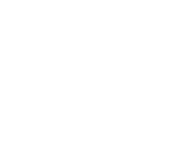
|
Figure 1. Gaby Berger. Marie & Claire, Clutch for mother and daughter, 2015. Blown glass and leather, 34 x 13 x 11cm; blown glass and plastic, 21 x 13 x 9 cm. Photography: Gaby Berger
|
|
 |
GRADUATES AT THE “INSTITUUT VOOR KUNST EN AMBACHT” 2015
In 2015, 10 students are graduating at the glass department of the Instituut voor Kunst en Ambacht” (IKA) in Mechelen and one is obtaining her specialization degree under guidance of Sandra De Clerck, Eric Pipien and Marie de Bruijn.
|

|
Posted 14 June 2015
|
Share this:
|
|
|
|
|
|
|
|

|

|

|
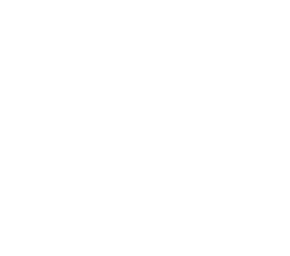
Figuur 2: Gaby Berger. Fleur, 2013. Cast glass, 26 x 23 x 6 cm. Photography: Gaby Berger
|
|
Gaby Berger
After some years of experimentation with sculptures in ceramics, Gaby Berger wanted to explore a more challenging material and she enrolled in the glass department of the IKA.
The combination of glass and ceramics was an attractive possibility to create unique pieces. Each work is the result of an exploration into grace, design and authenticity.
During her education at the IKA, she focused on the “craft of glass” and glass blowing became a passion. The main theme during her training was the handbag, “Sjacochen en geldbeugels” (Figure 1, Figure 2). One of her first pieces was a handbag made of window-glass and copper plating. Later she used other techniques like slumping, fusing, sandblasting, form melting, sand casting, pâte-de-verre and glass blowing to execute her work.
Handbags have a rich history and are influenced by trends in art, design, fashion and sociocultural developments. Although they have a practical side, they enable an unlimited phantasy and are a source of dreams and secrets.
|
|
|
|
|

|

|

|
Ireen Van Praet
Ireen Van Praet studied applied graphics with specialization in publicity. “ Giving newspaper’s pages an interesting and attractive appearance was a passion for 30 years. And giving this passion onto younger colleagues provided an added value. Close to the age of 60 years, I looked for a new challenge and was a little bit jealous of the creative force of my brother. And then I discovered glass. It did give me the possibility to express my emotions of loss that I experienced during my life: my first child, 2 brothers, my father and mother, my partner, my grandchild, a dear friend and so many others. The loss, saying goodbye, the transient life, but also new life are my themes.”
For her graduation work she visualizes the interaction between death and life. Nature learns that there is an internal exchange between them: micro-organisms survive, new life is created as seen in coral reefs or mushrooms that parasite on wood. The coral reefs are constructed in pearls of glass by the technique of casting (Figure 3). The mushrooms are blown in transparent glass that allow to see the parasite inside (Figure 4) or are made with a reflective surface to serve as a mirror for the viewer to reflect on his/her own mortality (Figure 5).
|
|
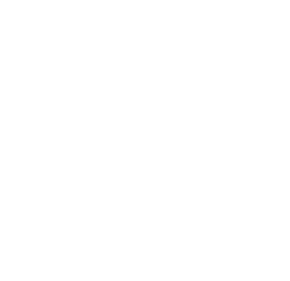
Figure 3: Ireen Van Praet. Koraal. Form-melted glass pearls, 20 x 35 x35 cm
|
|
|
|
|

|

|

|
Georges De Buysere
The themes of the work of Georges De Buysere (°1941) are genocides and crimes against humanity: a problem of all times and also today. Genocides of the past century are in Namibia in 1904, Armenia during the first World War, Holodomor by Stalin in Russia during the 1930,’s, the Holocaust against Yewish people and Gypsies (1940-1945), but are also happening today in Syria, Ukraine, Iran and China.
“Images of the Holocaust left a deep impression on me. I was one year old when in 1942 the deportation started in Mechelen! Hands give, take, refuse, accept, beat, and care and are very expressive. I was touched by a movie of the deportation to Poland in which hands were begging for mercy out of a train wagon. This is the theme of my work, reflecting the deportation of Yews and Gypsies from the Dossin Casern in 1942, visualized by hands in casted glass reaching out of a wooden construction (Figure 8) and “Auschwitz 1945”, which are the rests left behind after torture, gassing and cremation in Auschwitz (Figure 9).”
|
|
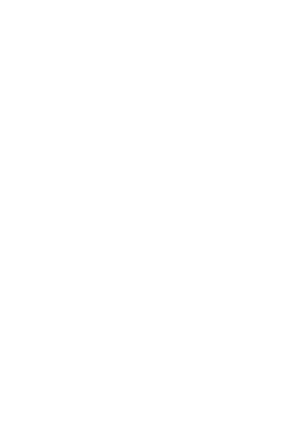
Figure 8: Georges De Buysere. Geo 1 = Mechelen Dossin 1942. Wooden construction with cast glass hands; 250 x 170 x 80 cm
|
|
|
|
|

|

|

|
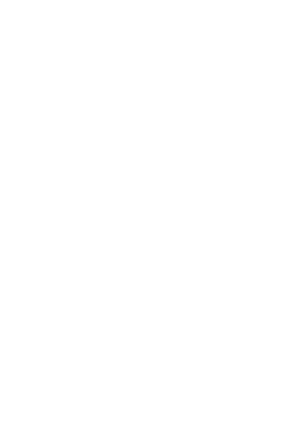
Figure 12: Koen Van Elsen. Donor seed.
|
|
Koen Van Elsen
“ I promise to make and to show something new. Or something that you forgot, because it did not mean something. I believe that my work has no theme. It serves to give a short impression, an illusion. I promise that it will be worthwhile, because it distracts you from the horror for one moment. I promise I am not God, nor will become him, although for a short moment I will pretend to be him. I am sorry for that.
Windows separate and seem not to be present. Fortunately, they are not cleaned well and show impressions by greasy fingers. Glass is transparant, obscene, hard and mostly broken. Glass is more real than life and has a pornographic nature. Fortunately, you have easily a bleeding nose, a splinter in your eye or splinters in your throat. Cracks cut fast and make incisions with a lot of blood. GLASS LIVES! Sometimes …. and very short.
The horror is not the blood. Glass in not romantic, not any more. It is obsessive, I agree, the classifying and giving sense. A dirty trick of this universe. “Do it yourselves for once, because I find lying not appropriate anymore!” were God’s last words.” (Figure 13, figure 14).
|
|
|
|
|

|

|

|
Ans Bakker
Ans Bakker (°1963) grew up in Zwartsluis, the Netherlands, where her family had a shop in music and lightening and where the plafond was full of crystal chandeliers. At a young age, she became interested in paintings, theater, interior design and nature. After her studies as a stylist and theater designer, she worked during 18 years in a firm organizing events and some time as a window dresser at the Bijenkorf.
Since 2004, she works with passion in glass. After 6 years of self-education at Tetterode in Amsterdam, The Netherlands, she enrolled at IKA.
Her work is based on enlightenment and the lightness of existence. Fragility and vulnerable forces are themes of inspiration. She is constantly in search of a balance between decoration and sobriety. In religious decoration, fertility and femininity she discovers new forms, looking for fragile links and structures to grow. For her graduation she makes 3 installations.
“The field of moment by moment”, a circle of light, an aureole, illustrates a field of flowers. Aureoles are mostly used in conjunction with saints and dead people. She made a field of flowers/energy field where you can rest for a moment. The emerald green colors represents healing and enlightenment of the earth.
“Seeds of grace”, a prayer for mother Earth, consists of Kilner jars, that symbolize transformation. The unused old conserving glasses, in which our own crops were conserved with such love and time contrast with the hectic and unloving care of the production of food today.
“Ode to the Oosterschelde” (Figure 15) is based on the tradition of the women of Yerseke, who in the summer daily did swim along the coast to socialize. They reach harmony when they all together arrive at the shore. “ I, as an outsider, have magic memories of these events and I experience enlightenment during swimming in the Oosterschelde.”
|
|
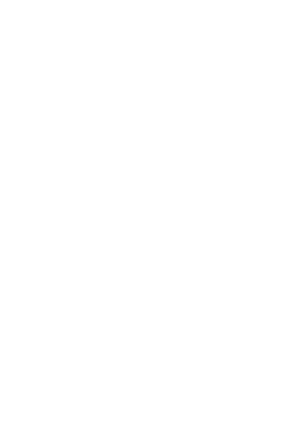
Figure 15: Ans Bakker: Ode aan de Oosterschelde, 2015. Pâte-de-verre, 25 x20 cm. Photography: Johan Kole
|
|
|
|
|

|

|

|
Marijke van Well
Marijke van Well (°1958) had a training in graphics before she started the glass training at IKA.
“Because of the energy needed to melt glass and the enormous amount of rubbish people produce, I prefer to work mainly with cold glass and combine it with other materials and light.”
She is inspired by large amounts of material, for instance in one color, because when you have a lot of material, you can freely use it.
“I am a pathological collector of material and am inspired by stories, folk art and kitsch. I like the ornamentation and dramatic expression of religious objects. This idiom I use to tell my story or to question things.”
Her graduation work consists out of lamps that are processed by different cold techniques and “blessed are the meek", an airplane of glass and recuperation material with form-melted windows, behind which the “'weak-hearted” are sitting, who will inherit the earth. (Figure 17, figure 18).
|
|
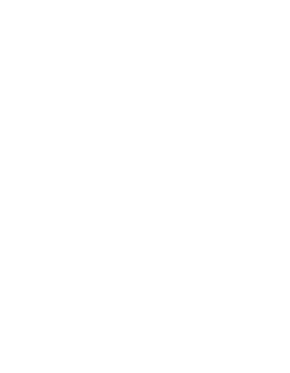
Figure 17: Marijke van Well: Chandelier; Glass, wood, lamp, 140 x 60 x 60 cm. Photography: Marijke van Well
|
|
|
|
|
|
|
The graduation exhibition runs at the Groot Seminarie aan de Merodestraat in Mechelen on 21, 22, 27 and 28 June, 1, 2 and 3 July and 4 and 5 July 2015.
More information: http://www.ikamechelen.be
See the Agenda>
|
|
|

|
Click here to download the file "EXPO_Exit15..pdf".
|

|
Click here to download the file "Open_Deur_Dag_IKA.pdf".
|
|
|
|
|


